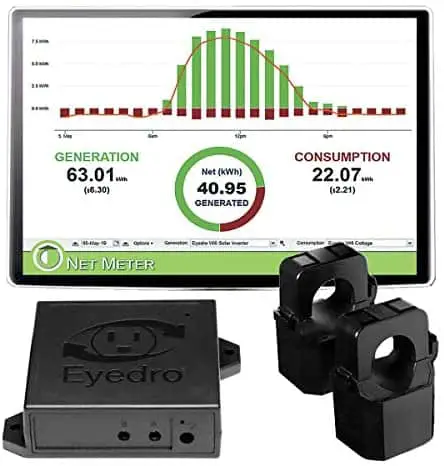Upon hearing “sports betting in Australia,” many might think of the thrill of chance and potential winnings. Yet, the gaming industry worldwide, especially brands like Nintendo, has offered a different type of gamble: the constant introduction of new gadgets and the environmental costs attached.
The Lure of New Gaming Toys
The gaming world loves new toys. Think about it: every couple of years, a big company will launch a new console, tool, or some fun add-on. Remember the buzz when light guns came out in the 1980s? Or the wave of excitement around motion sensors in the 2000s? These cool tools promise better play and often have fans rushing to stores. But, as fun as they are, they come with a hidden price.
A Mountain of Waste
When new gaming tools come out quickly, the old ones get thrown away fast. A lot of these game things don’t last long. They might stop working, get old-fashioned, or people just don’t want them anymore. This causes a big problem. All over the world, there are big piles of thrown-away game stuff. These piles are bad for our world. Some of the parts in these tools can be dangerous. Things like lead or mercury can get into the ground and water if they’re just thrown away. This is bad for the Earth and can make people sick. We need to think about how we get rid of old gaming things so we don’t hurt our planet or ourselves.
Built for Obsolescence
The business model of many gaming companies revolves around periodic upgrades. Systems are designed with a specific shelf life, after which users are nudged towards the next big thing. This planned obsolescence not only pressures consumers to spend more but also accelerates the rate at which older models become waste.
Environmental and Social Implications
Beyond the obvious environmental harm, there are other implications. The production of electronic gadgets demands raw materials, which often come from regions plagued by conflict and exploitative labor practices. Moreover, the energy-intensive manufacturing process of these gadgets contributes significantly to carbon emissions.
A New Approach to Gaming
Companies and gamers need to think hard about the path they’re on. What if companies made game tools that could last longer or be fixed easily? Maybe they could design upgrades without needing to buy a whole new system. Gamers can help too. Buying less, choosing used or fixed-up items, and recycling old game stuff the right way are all steps in the right direction. Everyone plays a part in making gaming better for our planet.
Case in Point: Short-Lived Trends
A striking example is the Nintendo Wii’s balance board. Released as an innovative way to combine fitness and gaming, millions sold worldwide. However, as the novelty wore off, many found their way into cupboards or, worse, trash bins. This is but one example of how fleeting gaming trends contribute to environmental degradation.
Conclusion: Striking a Balance
In an era where environmental concerns are at the forefront, the gaming industry is no exception. Every new gadget produced requires resources, energy, and leaves behind a carbon footprint. Moreover, the rush to own the latest device contributes to a throwaway culture, exacerbating e-waste issues. To create a more sustainable future, companies could adopt eco-friendly manufacturing processes and design longer-lasting products. Similarly, consumers can make conscious choices, opting for quality over quantity. Regulatory bodies could also play a pivotal role by setting guidelines that encourage greener practices. Through collective effort, the love for gaming can coexist with a respect for our planet.



